Home>Gardening & Outdoor>Pool & Spa Care>How A Hot Tub Works
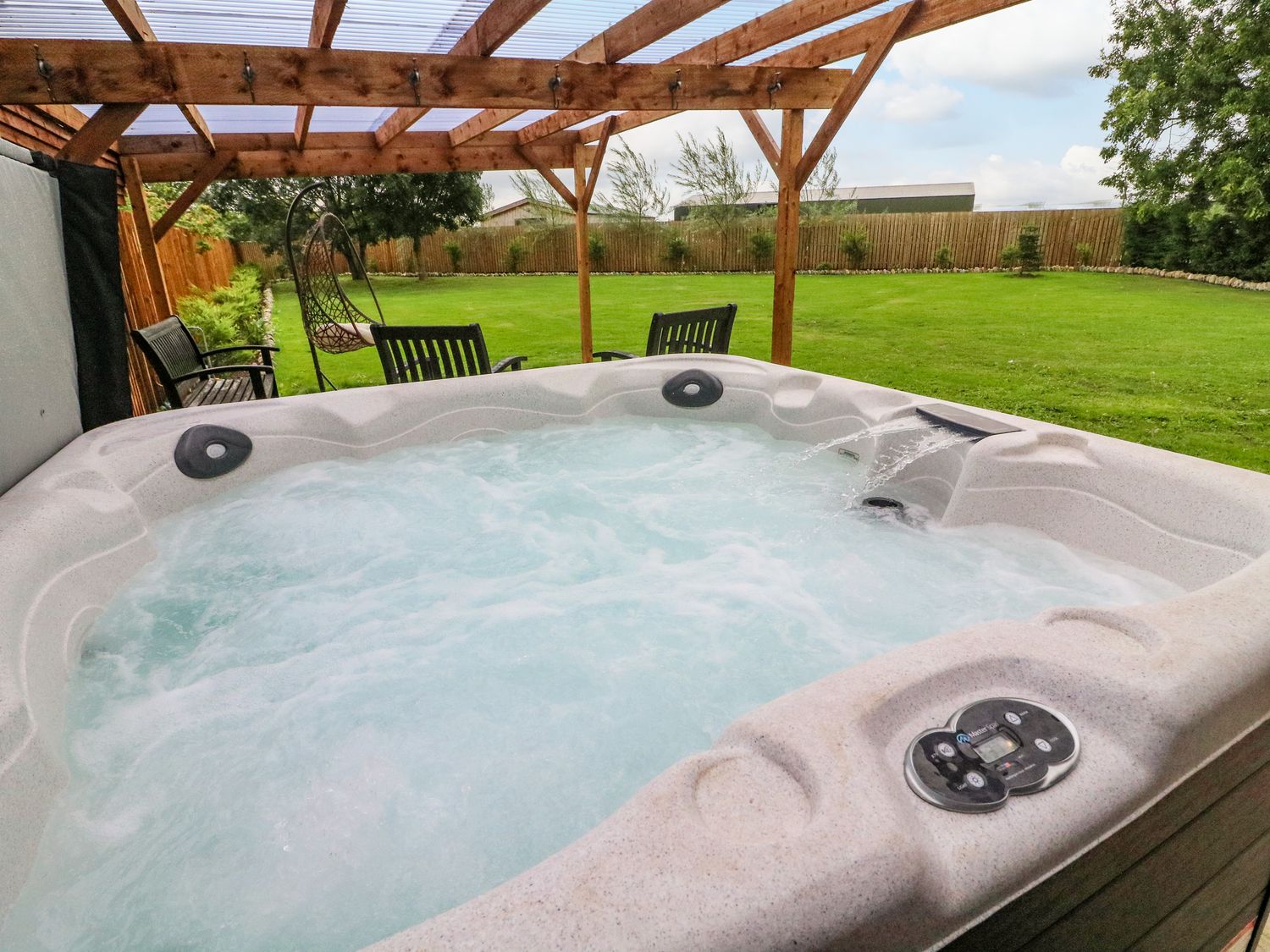

Pool & Spa Care
How A Hot Tub Works
Modified: January 9, 2024
Discover how a hot tub works and learn essential pool and spa care tips to keep your relaxation oasis in top condition. Explore the inner workings and maintenance techniques for a pristine pool and spa experience.
(Many of the links in this article redirect to a specific reviewed product. Your purchase of these products through affiliate links helps to generate commission for Storables.com, at no extra cost. Learn more)
Introduction
So, you're considering adding a hot tub to your backyard oasis or perhaps you're a newcomer to the world of aquatic relaxation and wondering how these marvels of hydrotherapy work? Well, you've come to the right place! Hot tubs, also known as spas, are not just luxurious additions to your home; they are also sophisticated pieces of engineering designed to provide therapeutic benefits and a soothing retreat from the stresses of daily life.
In this comprehensive guide, we'll take a deep dive into the inner workings of a hot tub, exploring its various components, the technology behind its heating and filtration systems, the powerful jets that deliver invigorating massages, and the control panel that puts the power of customization at your fingertips. Additionally, we'll delve into the essential aspects of hot tub maintenance and care to ensure that your investment continues to provide years of relaxation and enjoyment.
Whether you're a prospective hot tub owner eager to understand what makes these aquatic retreats tick or simply curious about the intricate mechanisms that lie beneath the bubbling surface, this article will equip you with a thorough understanding of how a hot tub works and how to keep it in peak condition. So, let's embark on this enlightening journey into the heart of hydrotherapy and discover the inner workings of a hot tub!
Key Takeaways:
- Hot tubs are like complex relaxation machines with heating, filtration, and massage systems that need regular care to stay clean and enjoyable for a long time.
- Understanding how a hot tub works and how to maintain it can help you enjoy the soothing benefits of hydrotherapy while creating lasting memories with family and friends.
Read more: How Does A Hot Tub Pump Work
Components of a Hot Tub
At first glance, a hot tub may appear to be nothing more than a large, inviting tub filled with warm, bubbling water. However, beneath its serene exterior lies a complex assembly of components that work in harmony to create the ultimate relaxation experience. Let’s explore the key elements that come together to form a hot tub:
- Shell: The foundation of a hot tub is its durable shell, typically made of acrylic, fiberglass, or thermoplastic. This watertight vessel provides the structure for the tub and serves as the canvas for a luxurious array of features.
- Insulation: To maintain optimal water temperature and energy efficiency, hot tubs are equipped with insulation to minimize heat loss and reduce operating costs. Common insulation materials include foam, fiberglass, and thermal wraps.
- Frame: Supporting the shell and components is a sturdy frame, often constructed from pressure-treated wood, metal, or composite materials. The frame provides structural integrity and ensures the hot tub remains stable and secure.
- Plumbing: A network of high-grade PVC pipes and fittings circulates water throughout the hot tub, delivering a steady flow to the jets and filtration system while maintaining proper drainage and preventing leaks.
- Electrical System: Hot tubs rely on a sophisticated electrical system to power components such as the heater, pumps, lights, and control panel. This system must be installed and maintained by qualified professionals to ensure safety and performance.
- Accessories: From built-in sound systems and LED lighting to water features and aromatherapy dispensers, hot tubs can be equipped with an array of accessories to enhance the sensory experience and create a personalized oasis.
These foundational components form the backbone of a hot tub, setting the stage for the advanced systems and features that transform a simple tub of water into a haven of relaxation and rejuvenation. Now that we’ve explored the fundamental elements, let’s delve deeper into the intricate mechanisms that make a hot tub a marvel of modern hydrotherapy.
Heating System
The heating system is the heart of a hot tub, responsible for maintaining the water at the perfect temperature for relaxation and therapeutic benefits. Let’s take a closer look at the components and processes that contribute to the efficient heating of a hot tub:
- Heater: At the core of the heating system is the hot tub heater, typically equipped with a high-wattage heating element that rapidly warms the water as it circulates through the tub. Modern hot tub heaters are designed for energy efficiency and precise temperature control, allowing users to set their preferred heat levels with ease.
- Thermostat: To ensure consistent water temperature, hot tubs are equipped with a thermostat that monitors and regulates the heat output of the heater. This essential component maintains the water within the desired temperature range, providing a comfortable and soothing experience for bathers.
- Insulation: Efficient insulation plays a critical role in retaining the heat generated by the heater, preventing energy loss and reducing operating costs. By minimizing heat dissipation, quality insulation helps sustain the water temperature and promotes energy-efficient operation.
- Circulation Pump: The circulation pump facilitates the movement of water through the heating system, ensuring that all the water in the hot tub is uniformly heated. This continuous circulation process helps distribute the warmth evenly and prevents cold spots within the tub.
Together, these components work in concert to create a reliable and effective heating system that maintains the water at the ideal temperature, allowing bathers to unwind in soothing warmth regardless of the ambient conditions. The precise control, energy efficiency, and rapid heating capabilities of modern hot tub heating systems contribute to a luxurious and comforting hydrotherapy experience.
Now that we’ve explored the vital role of the heating system in a hot tub, let’s turn our attention to another essential aspect of hot tub functionality: the filtration system.
Filtration System
While the warm, bubbling water of a hot tub is undoubtedly inviting, maintaining its cleanliness and clarity is essential for a safe and enjoyable experience. The filtration system plays a crucial role in keeping the water pristine by removing impurities and ensuring optimal water quality. Let’s delve into the components and processes that make up a hot tub’s filtration system:
- Filter Cartridges: These replaceable components are integral to the filtration process, trapping debris, dirt, and other particles as water passes through them. Filter cartridges come in various materials and designs, each offering unique filtration capabilities to keep the water clear and free of contaminants.
- Skimmer Basket: Positioned at the water’s surface, the skimmer basket captures leaves, insects, and debris before they have a chance to sink and compromise water quality. This preliminary filtration step helps prevent larger particles from entering the main filtration system.
- Pump and Filter Housing: The pump draws water from the hot tub and directs it through the filter housing, where the filter cartridge captures impurities. This essential process ensures that the water undergoes thorough filtration before being recirculated into the hot tub.
- Programmable Filtration Cycles: Many modern hot tubs are equipped with programmable filtration cycles, allowing users to schedule automatic filtration sessions at regular intervals. This convenient feature helps maintain water clarity and purity without the need for constant manual intervention.
By effectively removing debris, oils, and other contaminants, the filtration system preserves the cleanliness and hygiene of the hot tub water, creating a safe and inviting environment for relaxation and hydrotherapy. Regular maintenance and proper operation of the filtration system are essential to ensure that the water remains crystal clear, free of impurities, and conducive to a rejuvenating soak.
With a clear understanding of the filtration system’s role in maintaining water quality, let’s now explore another integral aspect of a hot tub’s functionality: the powerful jets and pumps that deliver invigorating hydrotherapy massages.
Regular maintenance of your hot tub, including cleaning the filters and balancing the water chemistry, is essential for keeping it running smoothly and extending its lifespan.
Jets and Pumps
One of the defining features that sets hot tubs apart from standard bathtubs is the presence of powerful jets that deliver invigorating hydrotherapy massages. These jets, in combination with robust pumps, create a dynamic and customizable massage experience that targets specific muscle groups, promotes relaxation, and enhances overall well-being. Let’s explore the components and functionality of hot tub jets and pumps:
- Hydrotherapy Jets: Hot tubs are equipped with an array of hydrotherapy jets strategically positioned to deliver targeted massages. These jets emit pressurized streams of water, often accompanied by air, creating a soothing and therapeutic sensation as they massage the body.
- Pumps: The pumps in a hot tub play a pivotal role in powering the hydrotherapy jets, generating the necessary water pressure to produce a range of massage intensities and patterns. Multiple pumps may be employed to control various jet groups, allowing for personalized massage experiences tailored to individual preferences.
- Adjustable Controls: Many hot tubs feature adjustable controls that enable users to regulate the intensity, direction, and focus of the hydrotherapy jets. This customization empowers bathers to tailor their massage experience, addressing specific areas of tension and promoting relaxation and rejuvenation.
- Air Blowers: In addition to water-based massage, some hot tubs incorporate air blowers to introduce bubbles into the water, enhancing the overall hydrotherapy experience. These air injectors create a gentle, effervescent effect that complements the water jets, contributing to a comprehensive and indulgent massage sensation.
By harnessing the power of hydrotherapy jets and pumps, hot tubs offer a multifaceted approach to relaxation and wellness, providing targeted massages that soothe tired muscles, alleviate stress, and promote a heightened sense of well-being. The customizable nature of the massage experience, combined with the therapeutic benefits of hydrotherapy, makes the jets and pumps integral components of the hot tub’s appeal as a haven of rejuvenation.
Now that we’ve explored the stimulating world of hydrotherapy jets and pumps, let’s shift our focus to another essential element of a hot tub: the control panel, which empowers users to personalize their hydrotherapy experience with ease.
Read more: How Do Hot Tub Filters Work
Control Panel
The control panel of a hot tub serves as the command center, offering users intuitive access to a diverse range of features and settings that enhance the hydrotherapy experience. From adjusting water temperature and activating massage programs to controlling lighting and audio options, the control panel puts customization at bathers’ fingertips. Let’s explore the functionalities and capabilities of a hot tub’s control panel:
- Temperature Control: The control panel allows users to set and regulate the hot tub’s water temperature to their preferred level of warmth, ensuring a comfortable and personalized soaking experience.
- Massage Programs: Many hot tubs offer pre-programmed massage sequences that can be activated through the control panel, providing a variety of therapeutic massage options tailored to specific relaxation and wellness goals.
- Lighting and Ambiance: Control panels often feature options for adjusting the hot tub’s lighting, allowing users to create the desired ambiance with vibrant colors or soothing, dimmed illumination for a tranquil soak after sunset.
- Audio Integration: In modern hot tubs, the control panel may include audio controls for integrated sound systems, enabling bathers to select music, adjust volume, and immerse themselves in a customized auditory experience while enjoying hydrotherapy.
- Diagnostic and Maintenance Tools: Some advanced control panels provide diagnostic information and maintenance alerts, notifying users of any system issues or the need for routine servicing to ensure optimal performance and longevity of the hot tub.
By consolidating a wide array of functions into a user-friendly interface, the control panel empowers hot tub enthusiasts to tailor their hydrotherapy experience with precision and convenience. Whether it’s adjusting water temperature, activating massage programs, creating an inviting ambiance, or enjoying personalized audio accompaniment, the control panel serves as the gateway to a fully customizable and indulgent soaking experience.
Now that we’ve explored the capabilities of the control panel, let’s shift our focus to an equally important aspect of hot tub ownership: maintenance and care, which is essential for preserving the performance, longevity, and hygienic integrity of a hot tub.
Maintenance and Care
Proper maintenance and care are essential for preserving the performance, longevity, and hygienic integrity of a hot tub. By following a regular maintenance routine and adopting best practices for hot tub care, owners can ensure that their investment continues to deliver a safe, enjoyable, and rejuvenating hydrotherapy experience. Let’s explore the key aspects of hot tub maintenance and care:
- Water Chemistry: Maintaining balanced water chemistry is paramount for water clarity, bather comfort, and equipment longevity. Regular testing and adjustment of pH, alkalinity, and sanitizer levels are critical to prevent issues such as cloudy water, skin irritation, and equipment corrosion.
- Filter Maintenance: Routine cleaning and periodic replacement of filter cartridges are essential to uphold efficient filtration and water quality. Keeping the filter system free of debris and contaminants ensures that the water remains clean and inviting for soaking.
- Surface Cleaning: Regularly wiping down the hot tub’s surfaces and waterline helps prevent the buildup of grime, oils, and mineral deposits. Using mild, non-abrasive cleaners and soft cloths preserves the aesthetic appeal of the hot tub and contributes to a hygienic environment.
- Draining and Refilling: Periodically draining and refilling the hot tub is necessary to refresh the water, remove accumulated impurities, and maintain optimal water quality. This practice also presents an opportunity to inspect and clean the hot tub’s interior components.
- Equipment Inspection: Regularly inspecting the hot tub’s components, including the heater, pumps, jets, and control panel, helps identify potential issues early and ensures that the system operates efficiently and safely.
- Cover Care: Proper care and maintenance of the hot tub cover, including cleaning, conditioning, and ensuring a secure fit, contribute to energy efficiency, water conservation, and protection of the hot tub from external elements.
By adhering to a comprehensive maintenance regimen and staying attentive to the condition of the hot tub and its water, owners can safeguard their investment and enjoy a consistently delightful and rejuvenating hydrotherapy experience. Regular maintenance not only promotes the longevity of the hot tub but also contributes to water conservation, energy efficiency, and the well-being of those who indulge in its soothing waters.
With a solid understanding of the crucial role of maintenance and care in hot tub ownership, we’ve journeyed through the intricate workings of a hot tub, from its foundational components to the essential maintenance practices that uphold its performance and allure. Now, armed with this knowledge, you’re well-equipped to embark on a fulfilling and sustainable hot tub ownership experience.
Conclusion
As we conclude our exploration of the inner workings of a hot tub, we’ve gained a deeper appreciation for the sophisticated engineering and thoughtful design that underpin these aquatic havens of relaxation and rejuvenation. From the foundational components that form the structure of a hot tub to the advanced systems that power its heating, filtration, and massage capabilities, we’ve uncovered the intricate mechanisms that transform a simple tub of water into a sanctuary of hydrotherapy.
By understanding the components and functionality of a hot tub, including the heating system that maintains the perfect water temperature, the filtration system that preserves water clarity, the invigorating jets and pumps that deliver targeted massages, and the user-friendly control panel that enables personalized customization, we’ve gained insight into the holistic experience that a hot tub offers. Furthermore, we’ve recognized the importance of diligent maintenance and care in sustaining the performance, longevity, and hygienic integrity of a hot tub, ensuring that it continues to provide a safe, enjoyable, and rejuvenating retreat for years to come.
Whether you’re a prospective hot tub owner eager to understand the inner workings of these aquatic wonders or a current enthusiast seeking to deepen your knowledge, this comprehensive guide has equipped you with a thorough understanding of how a hot tub works and how to keep it in peak condition. Armed with this knowledge, you’re poised to embark on a fulfilling and sustainable hot tub ownership experience, savoring the therapeutic benefits and tranquil moments that await within the soothing waters of your own personal oasis.
So, whether you’re unwinding after a long day, seeking relief from muscle tension, or simply indulging in the luxury of aquatic relaxation, may your hot tub continue to be a source of comfort, rejuvenation, and blissful moments for you and your loved ones. Here’s to the timeless allure of hydrotherapy and the enduring pleasure of owning a hot tub – a haven where the cares of the world melt away, and the soothing embrace of warm, bubbling waters awaits.
Frequently Asked Questions about How A Hot Tub Works
Was this page helpful?
At Storables.com, we guarantee accurate and reliable information. Our content, validated by Expert Board Contributors, is crafted following stringent Editorial Policies. We're committed to providing you with well-researched, expert-backed insights for all your informational needs.
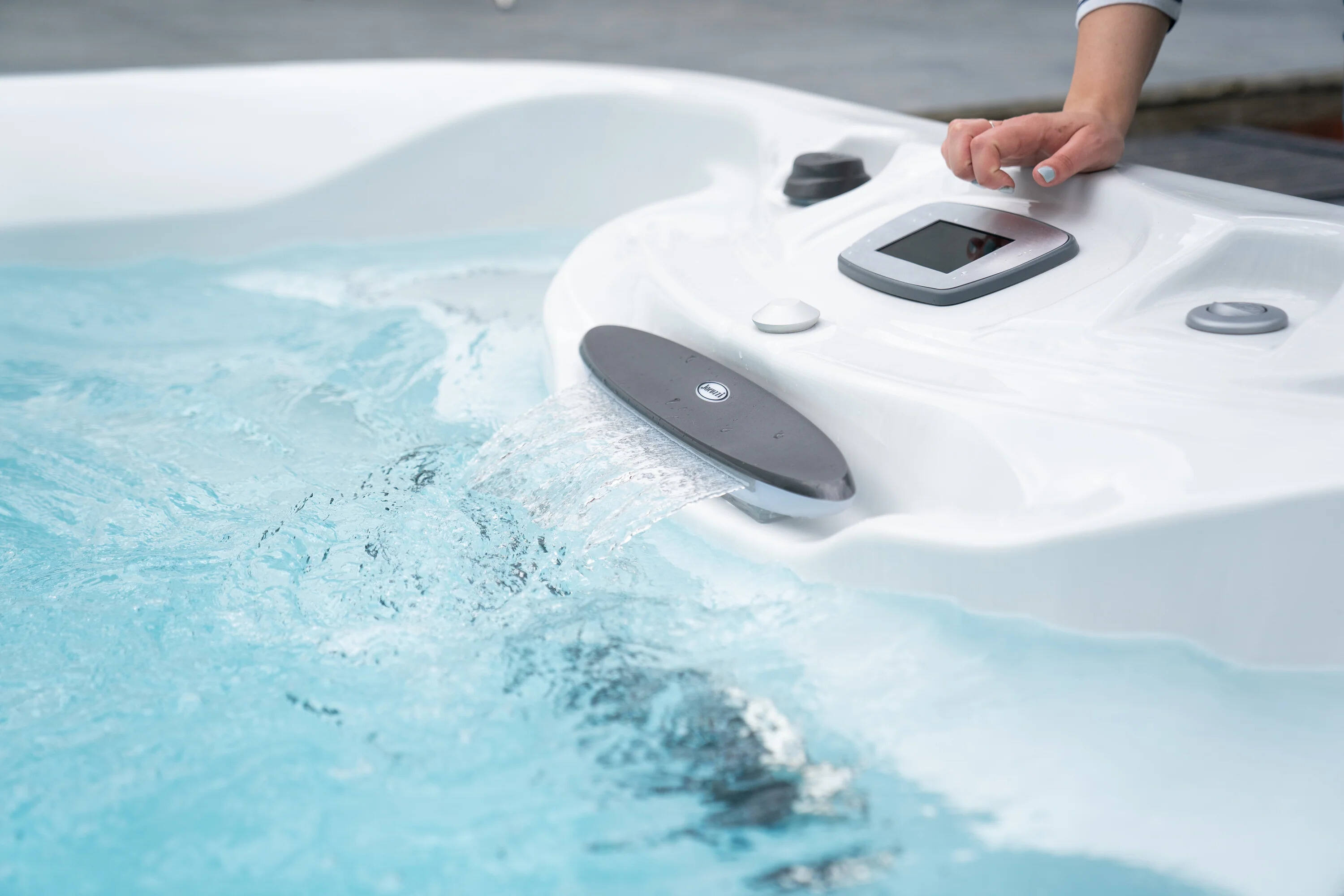
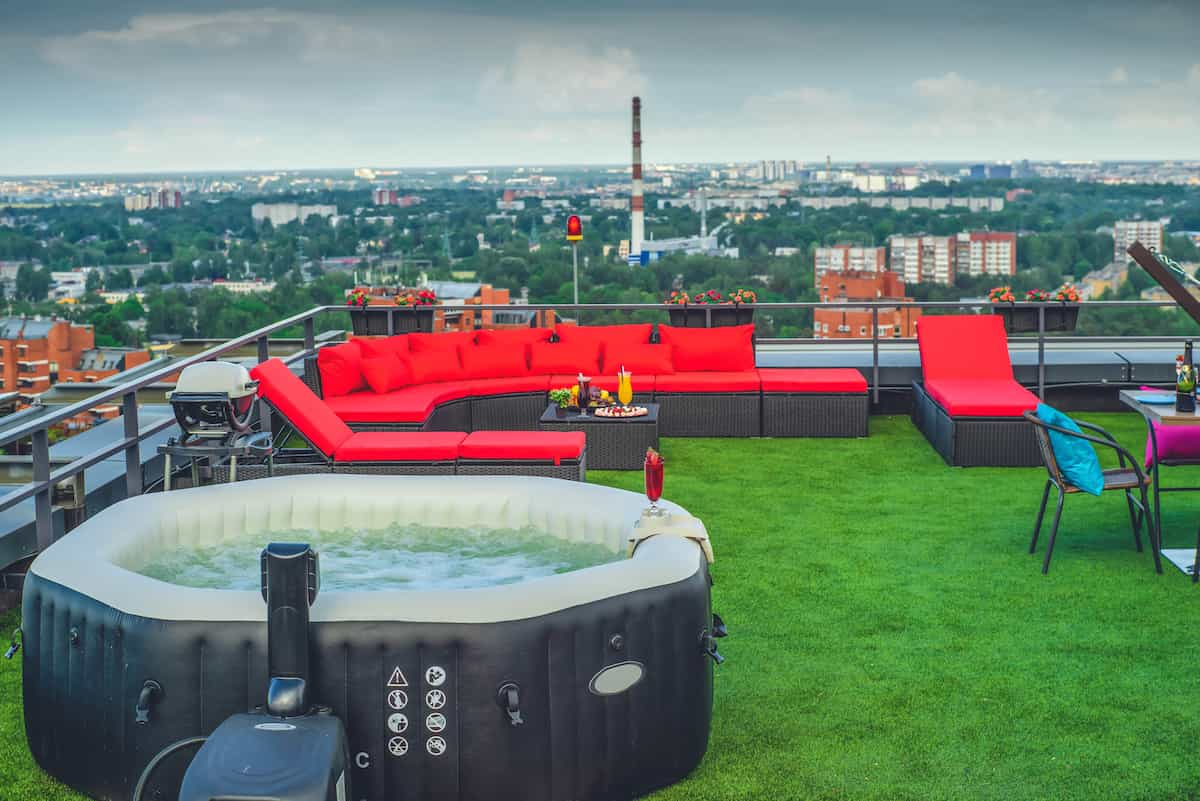
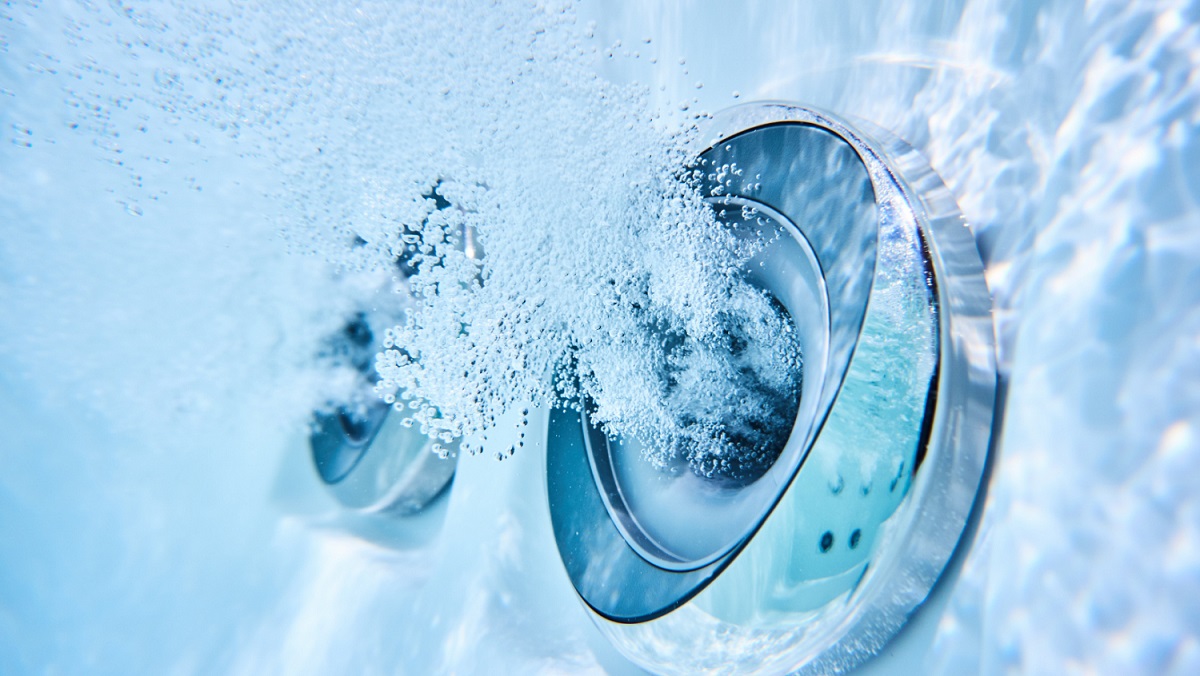
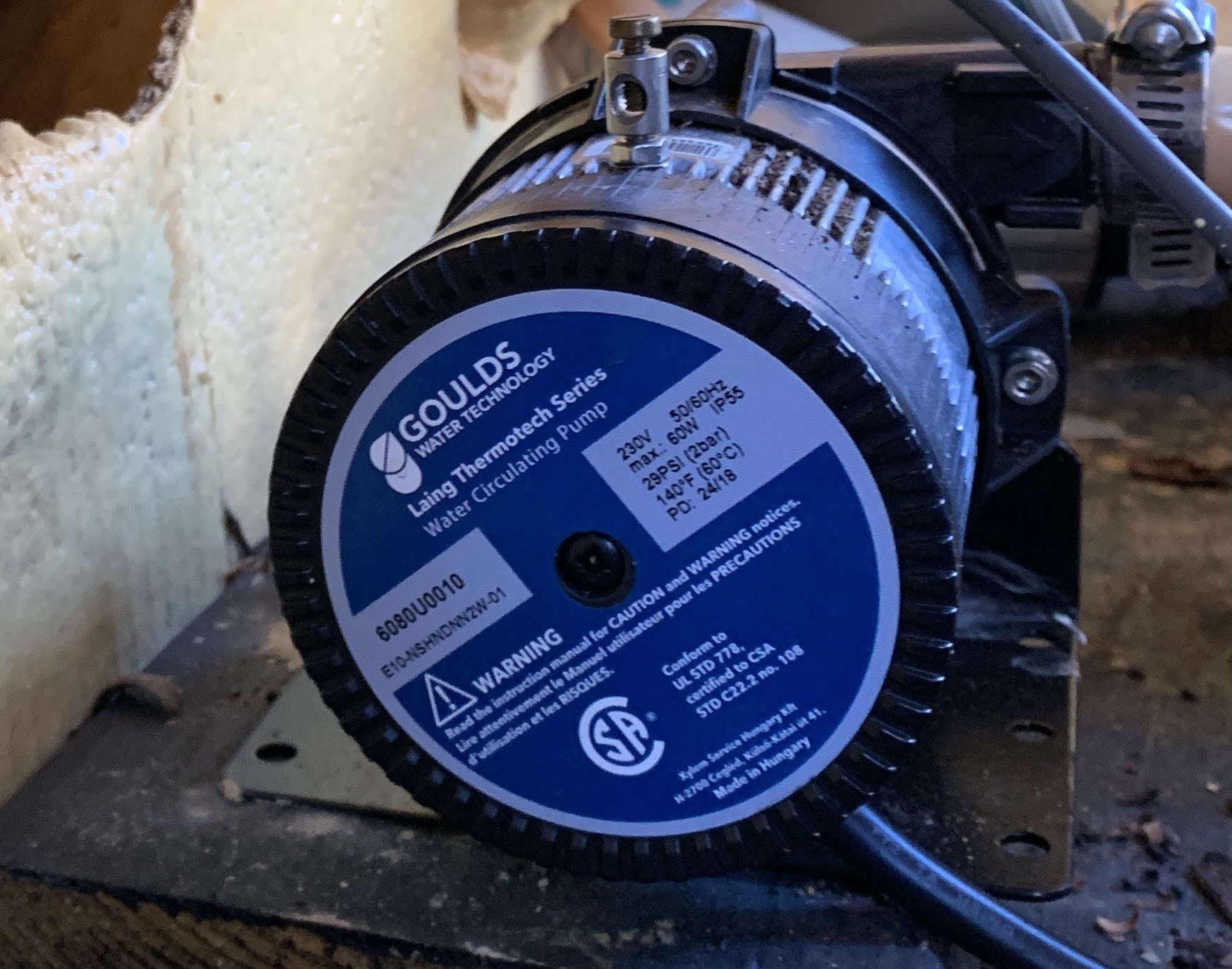
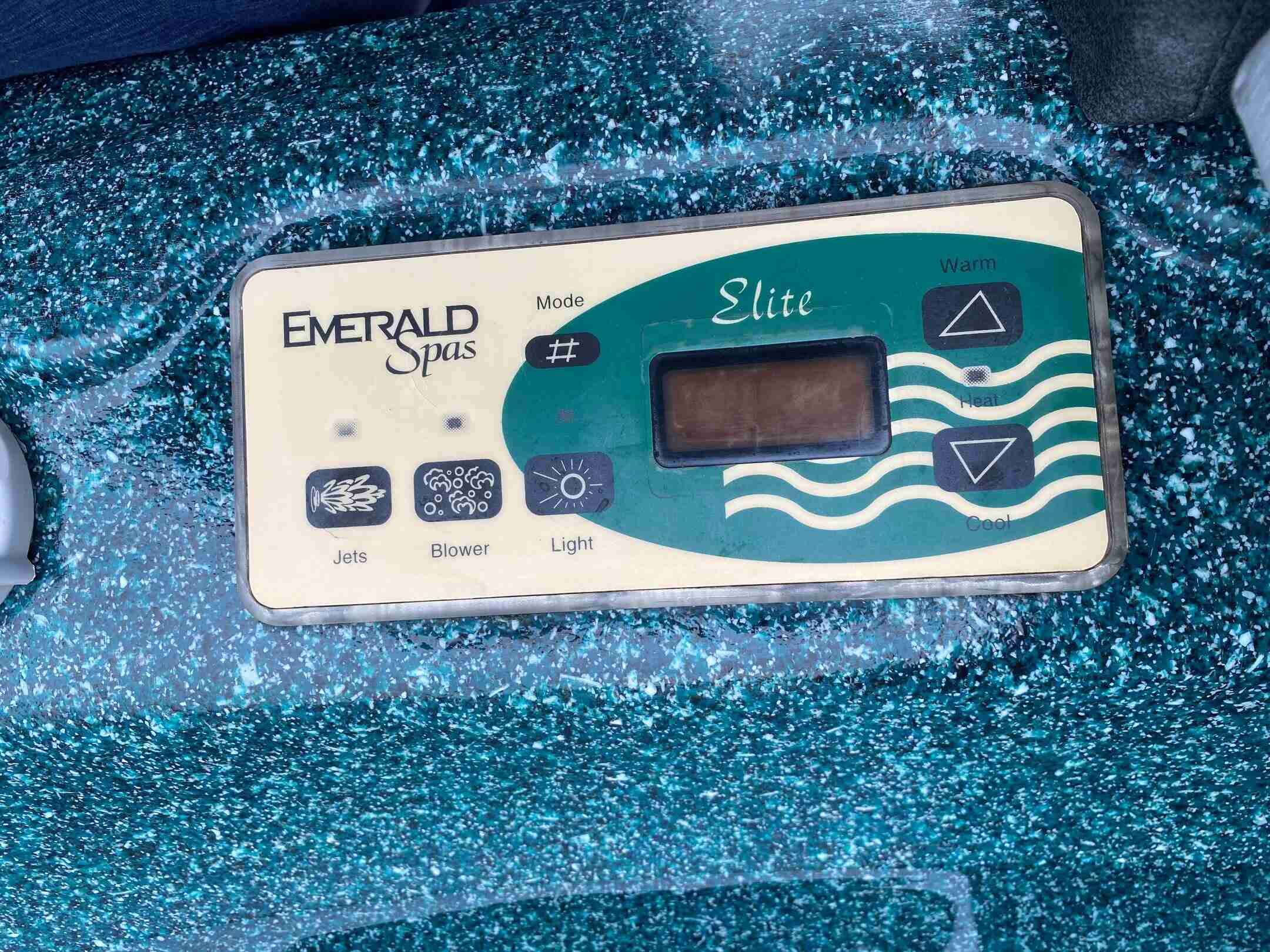
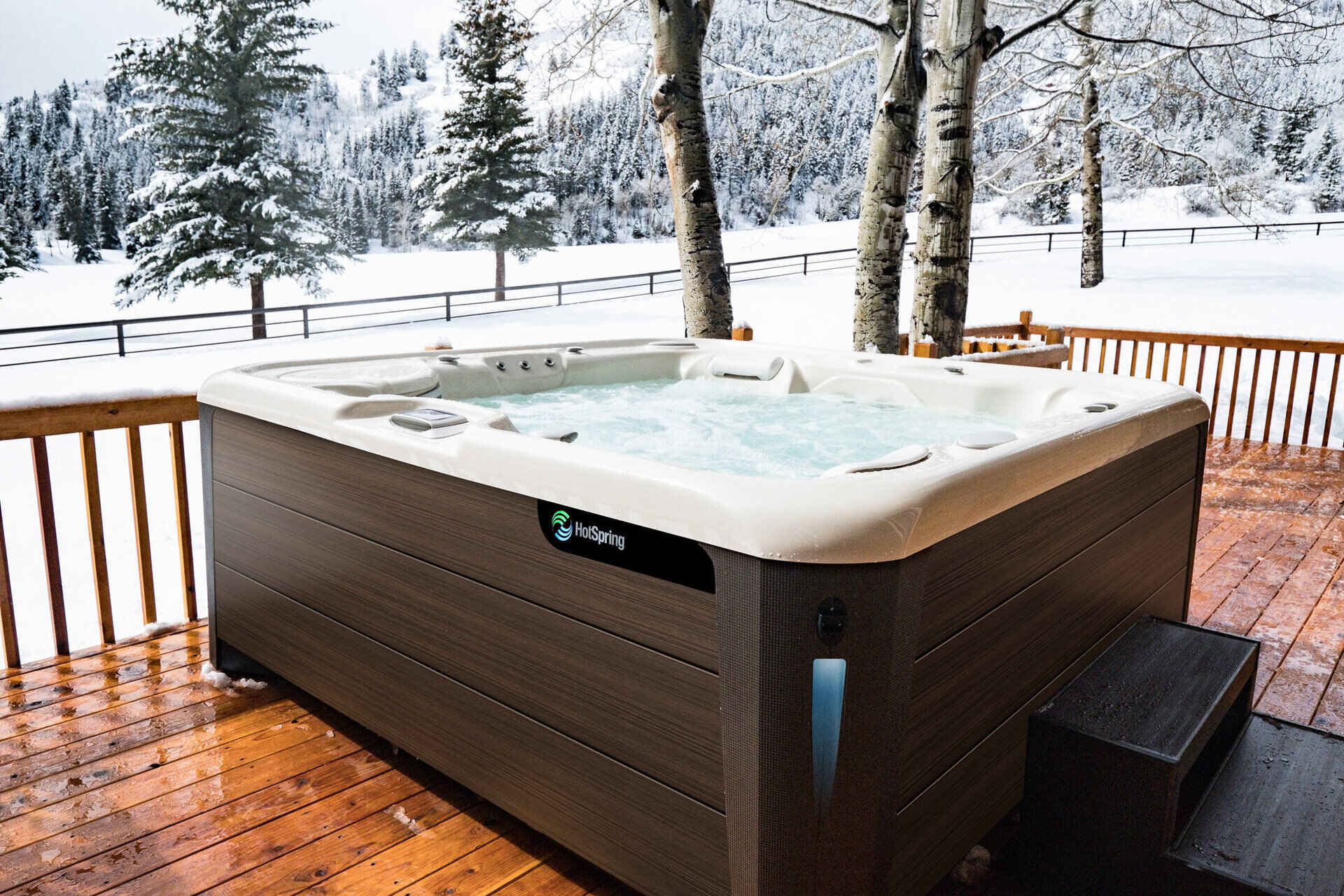
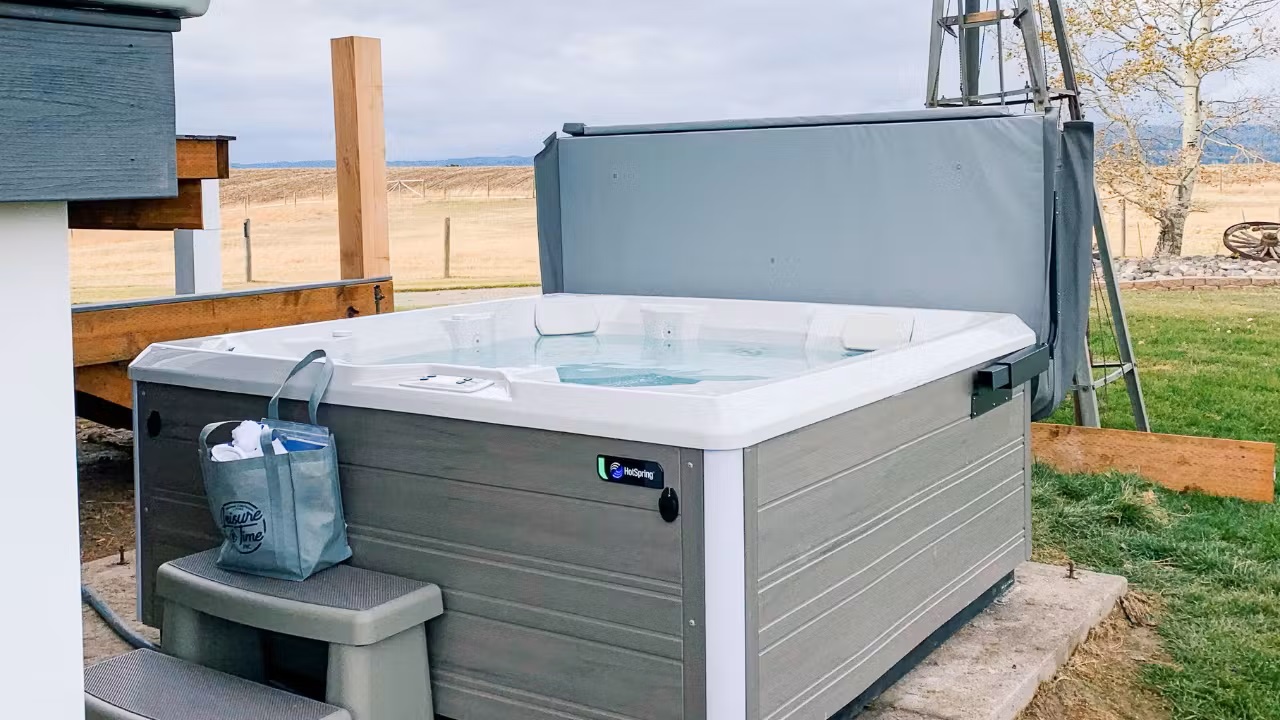
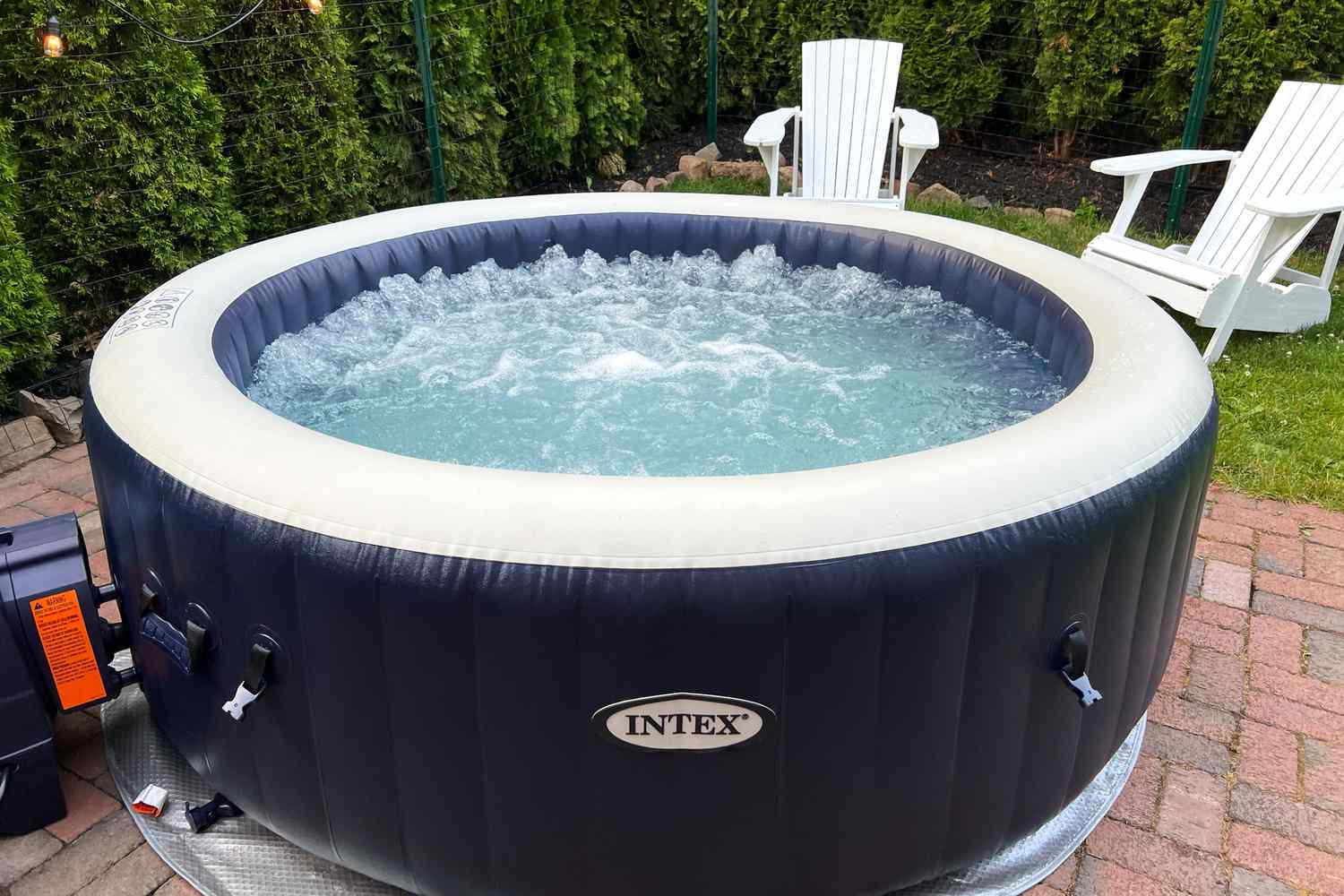
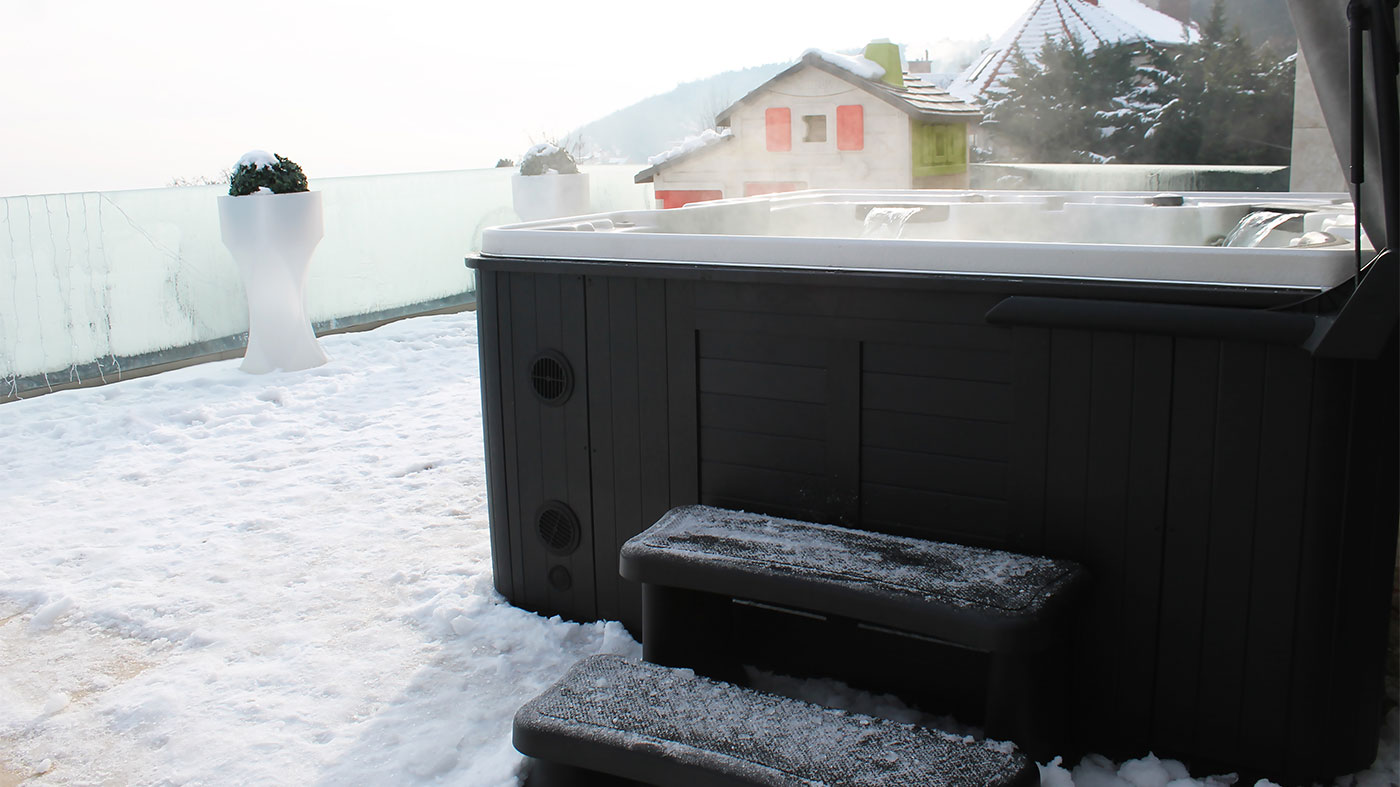
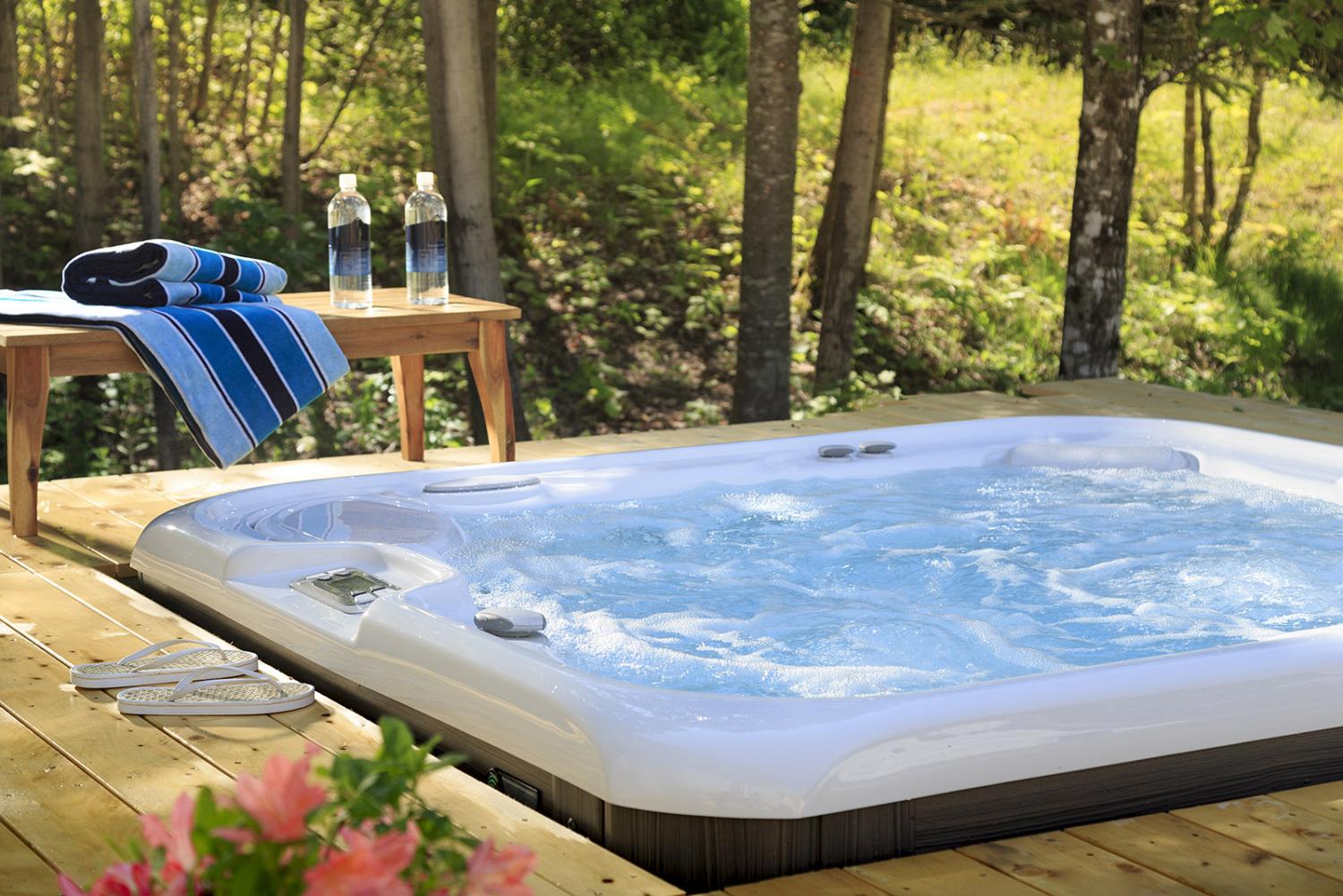
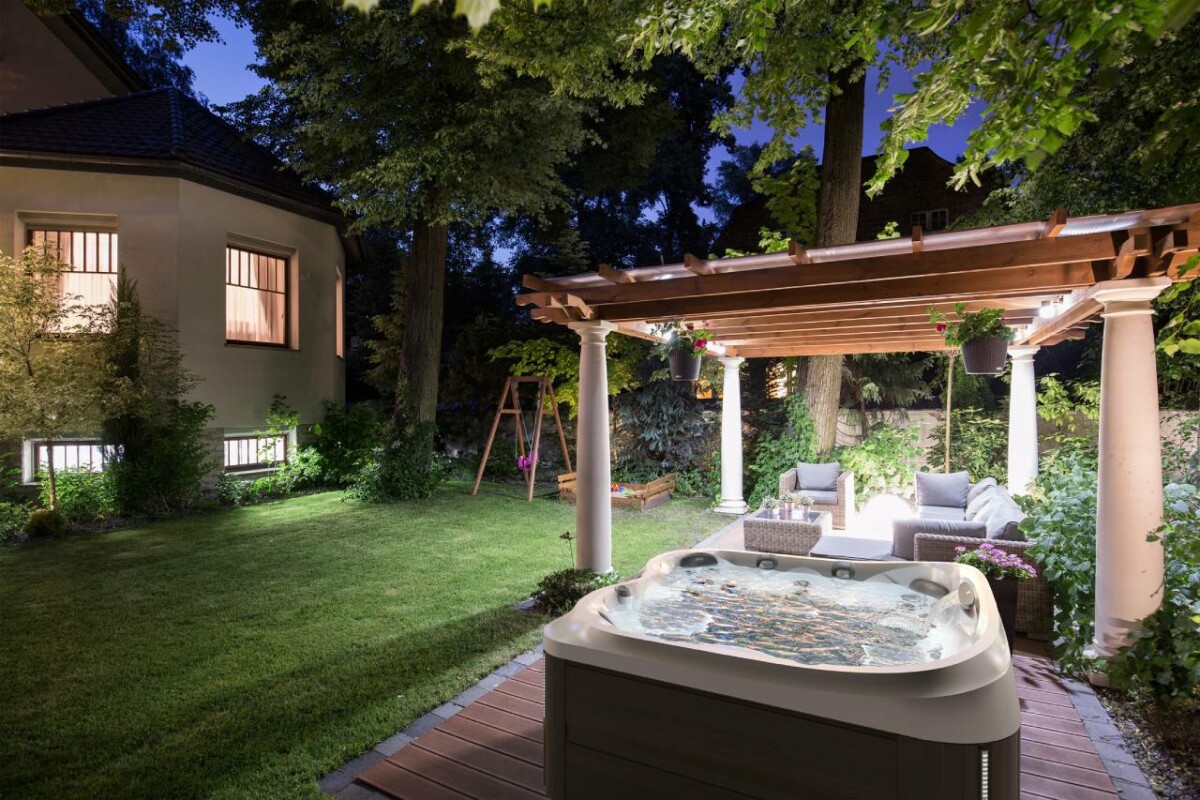
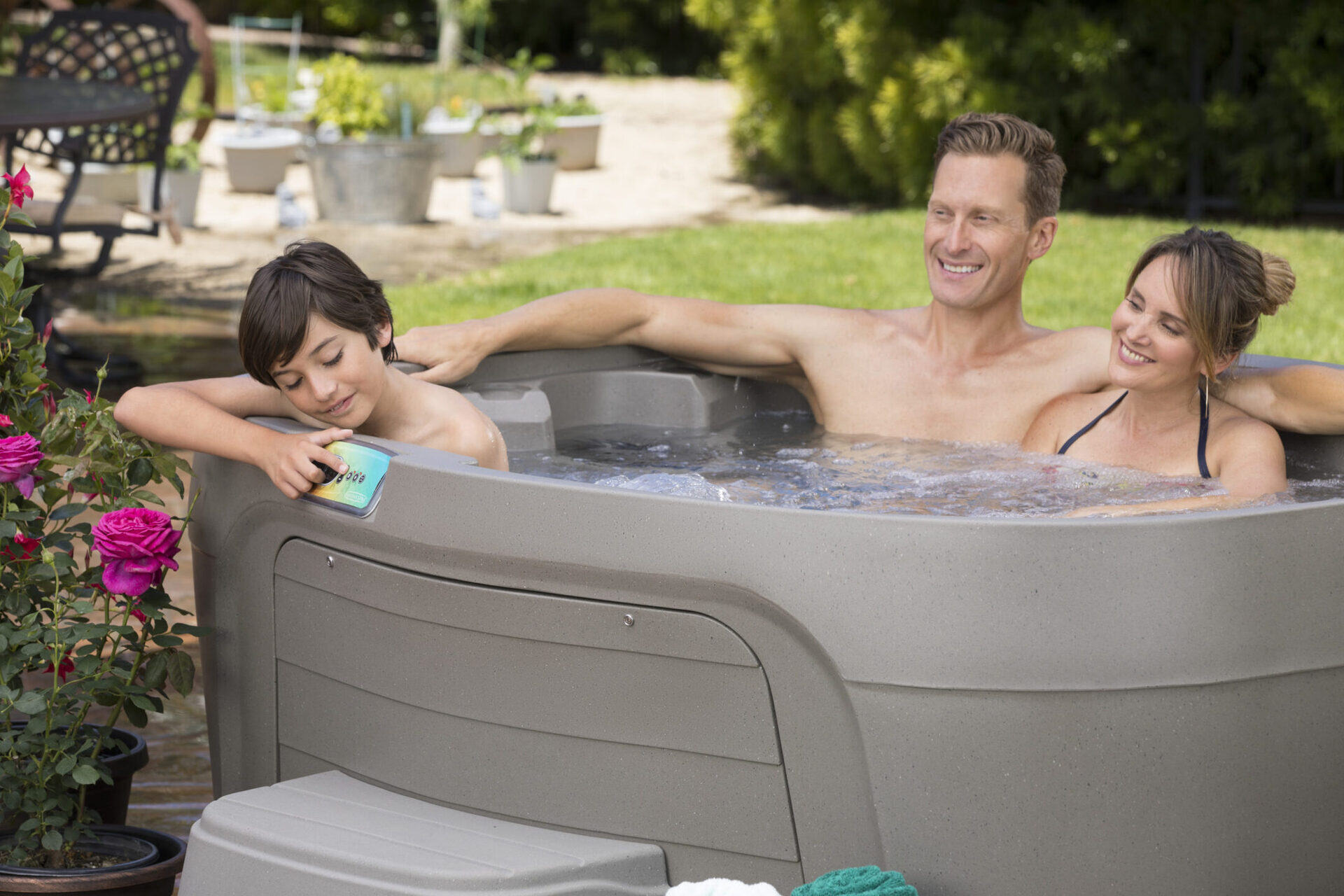
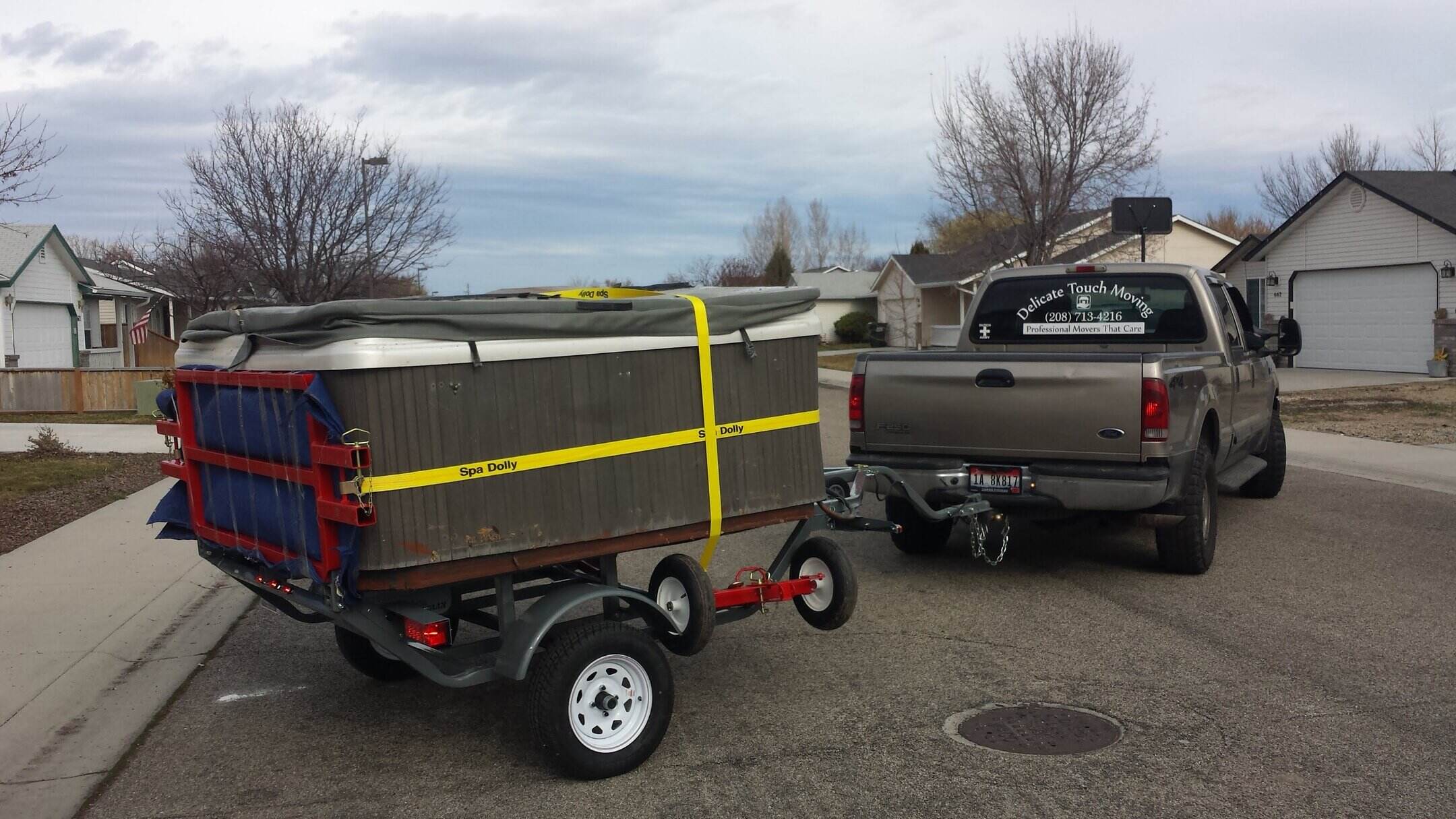
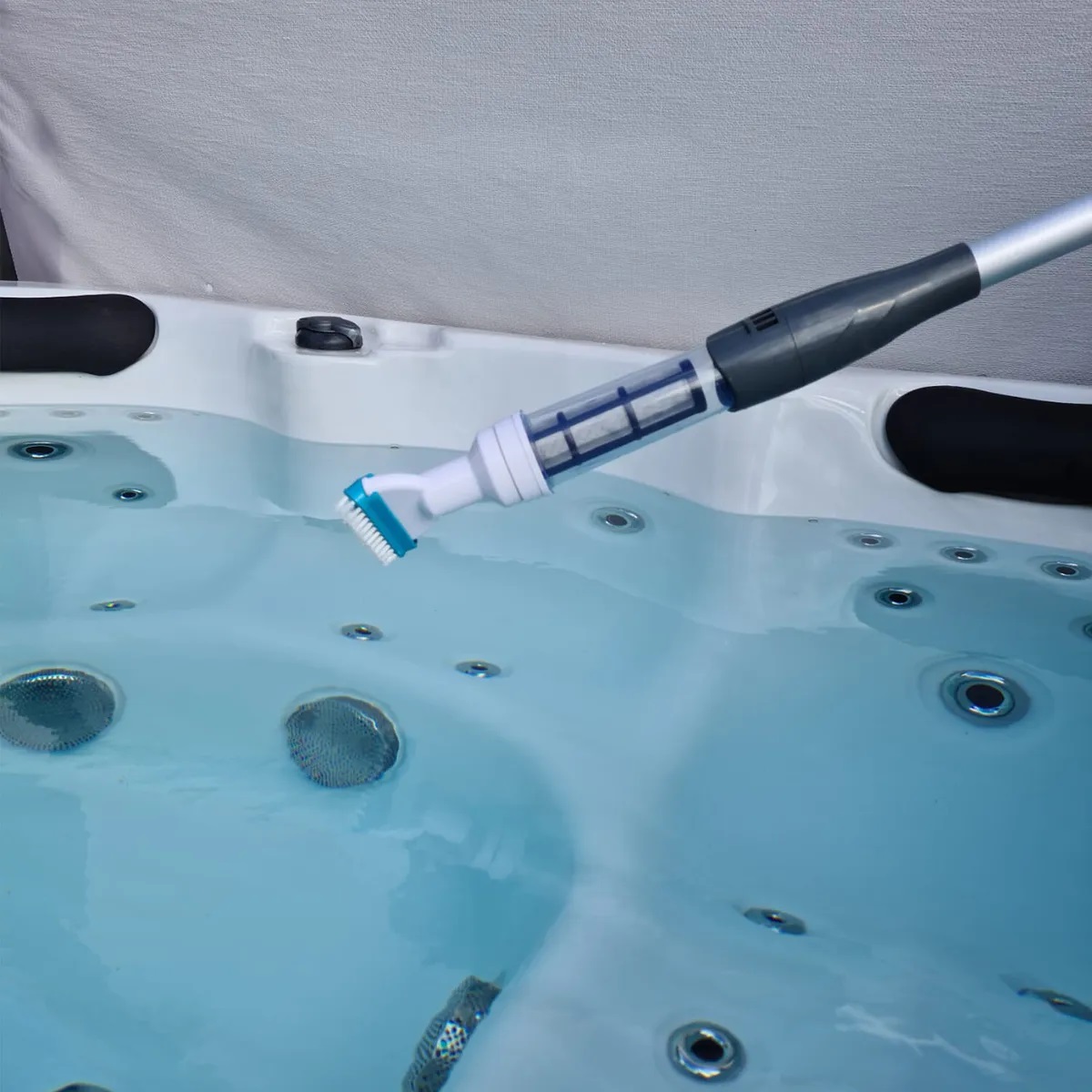

0 thoughts on “How A Hot Tub Works”